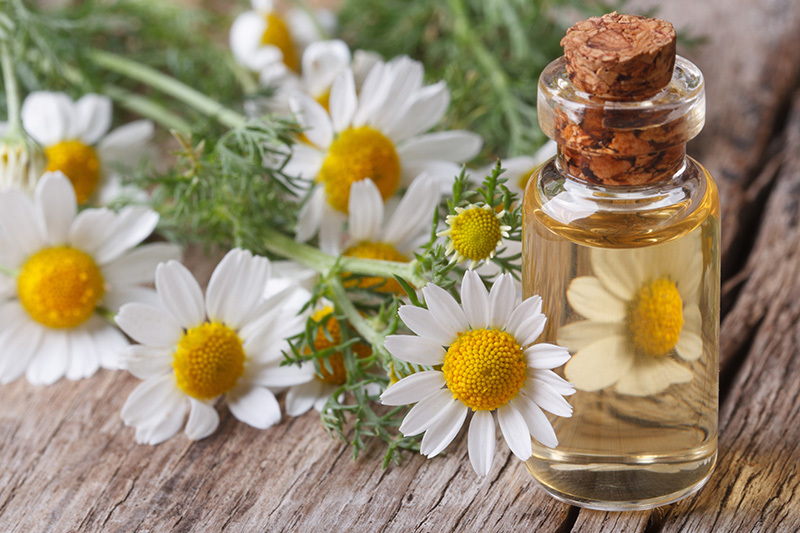Ultimate Guide to Keeping Your Hydrangeas Vibrant and Blooming
Hydrangeas are among the most beloved garden plants, renowned for their lush foliage and striking clusters of blossoms that can brighten any landscape. Understanding how to keep your hydrangeas vibrant and blooming ensures that your garden remains a showstopper throughout the growing season. This comprehensive guide delves into every aspect of hydrangea care, offering expert advice and actionable tips to help even novice gardeners achieve bountiful hydrangea blooms.
Hydrangea Basics: Understanding This Iconic Flower
Hydrangeas belong to the genus Hydrangea and are native to both Asia and the Americas. They are commonly found in gardens worldwide, prized for their ability to produce large, colorful blooms from spring through autumn.
Types of Hydrangeas
- Hydrangea macrophylla (Bigleaf hydrangea): Known for its mophead and lacecap flowers, often in shades of blue and pink.
- Hydrangea paniculata (Panicle hydrangea): Features cone-shaped white-to-pink blooms.
- Hydrangea quercifolia (Oakleaf hydrangea): Noted for its oak-like leaves and white flowers.
- Hydrangea arborescens (Smooth hydrangea): Includes the popular 'Annabelle' with massive white flower clusters.
Knowing your hydrangea type is crucial for proper care, as each has slightly different requirements for thriving and producing vibrant blooms.

The Best Location for Healthy Hydrangeas
Location directly influences the vigor of your hydrangeas and the abundance of their blossoms. For most varieties, an area that receives morning sunlight and afternoon shade is ideal. This shields them from the midday sun, which can cause wilting and faded flowers.
Tips for Site Selection
- Pick a spot with well-draining soil to prevent root rot.
- Ensure there is adequate air circulation but avoid windy locations, as strong winds can damage delicate blooms.
- If planting near a building, allow space for air to move freely to reduce fungal disease risk.
- Avoid deep shade, which can diminish blooming capacity and lead to leggy growth.
Soil Preparation and pH Adjustments
Healthy hydrangeas start at the roots! The quality of your soil plays a significant role in both flower color and plant health.
Optimal Soil Conditions
- Rich, loamy soil loaded with organic matter is preferred.
- Keep soil moist but not waterlogged.
- Amend poor soils by adding compost or well-rotted manure before planting.
pH and Bloom Color
One of the unique features of bigleaf hydrangeas (Hydrangea macrophylla) is their ability to change flower color based on soil pH:
- Acidic soil (pH below 6): Blooms tend to be blue.
- Neutral to alkaline soil (pH above 6): Flowers are usually pink or purple.
To alter your hydrangea's flower color:
- For blue flowers: Add aluminum sulfate or garden sulfur to increase acidity.
- For pink flowers: Incorporate garden lime to raise soil pH and make it more alkaline.
Proper Watering: Preventing Wilting and Faded Blooms
Hydrangeas thrive on consistent, deep watering--especially during hot or dry periods. Inadequate moisture is a leading reason for droopy leaves and lackluster blooms.
Watering Guidelines
- Water deeply 1-2 times per week, applying enough to moisten the soil 6-8 inches down.
- Mulch around the base with 2-3 inches of organic material to conserve moisture and regulate soil temperature.
- Avoid overhead sprinklers if possible--wet leaves can promote fungal issues.
- During especially hot weather, check daily and water as needed to keep soil consistently moist but not soggy.
Fertilizing Hydrangeas for Maximum Blooms
Proper feeding is essential to keep your hydrangeas bursting with vibrant blooms.
Best Fertilizer Practices
- Feed hydrangeas in early spring as buds swell, using a balanced, slow-release fertilizer--such as 10-10-10.
- Avoid over-fertilizing, which can promote leafy growth at the expense of flowers.
- For bigleaf hydrangeas, an annual dose of compost can provide necessary nutrients while improving soil texture.
- If your plant refuses to bloom, a fertilizer low in nitrogen but high in phosphorus (the middle number) may help boost flowering.
Pruning: The Key to Full, Profuse Flowering
Proper pruning rejuvenates your hydrangea and spurs new growth, resulting in vigorous blooms season after season. But beware--improper pruning is a leading cause of lost flowers!
Pruning by Hydrangea Type
- Bigleaf & Oakleaf hydrangeas: Flower on old wood (previous year's growth). Prune immediately after flowering in summer, removing spent blooms and shaping as needed.
- Panicle & smooth hydrangeas: Flower on new wood (this year's stems). Prune in late winter or early spring before new growth emerges.
Always use clean, sharp tools, and remove any dead, damaged, or crossing branches to maintain good plant health and shape.
Pest and Disease Management
Keeping hydrangeas vibrant means keeping them healthy. Fortunately, most hydrangeas are relatively pest-free, but you should look out for a few common troublemakers.
Common Hydrangea Pests
- Aphids: Small insects that gather on tender shoots. Spray with water or use insecticidal soap.
- Spider mites: Cause stippled leaves and webbing. Increase humidity and spray with insecticidal soap as needed.
- Snails & Slugs: Feed on leaves, especially in damp conditions. Use barriers or baits if necessary.
Hydrangea Diseases
- Powdery mildew: White powdery spots on leaves. Provide good air circulation and avoid overhead watering.
- Leaf spot: Brown or purple spots, usually in wet seasons. Remove affected foliage and ensure good spacing.
- Root rot: Caused by excess water. Maintain well-drained soil and do not overwater.
Seasonal Hydrangea Care Tips
Keeping hydrangeas vividly blooming requires consistent care throughout the year. Here's a season-by-season checklist:
Spring
- Prune (as dictated by species).
- Apply compost and slow-release fertilizer.
- Water regularly as the weather warms.
Summer
- Deadhead spent blooms to encourage new flowers.
- Mulch to retain soil moisture.
- Inspect for pests and treat as needed.
Fall
- Stop fertilizing by late summer to avoid pushing tender late growth.
- Water well before first frost to prepare for winter dormancy.
- Add extra mulch (up to 4 inches) for winter protection in colder zones.
Winter
- Protect against frost by wrapping with burlap or using garden fleece in very cold areas.
- Remove heavy snow from branches to prevent breakage.
- Monitor for any winter dieback and cut back dead stems in late winter.
How to Encourage More Blooms
Even with ideal conditions, you might still wonder how to maximize your hydrangea's flowering. Here's how:
- Avoid over-pruning, especially on old-wood bloomers--removing too much can eliminate next season's flowers.
- Plant hydrangeas where they get a balance of sun and shade--too much shade means fewer blooms.
- Use a phosphorus-rich fertilizer in early spring to boost bloom production.
- Keep soil consistently moist during bud development in late spring and early summer.
- If your hydrangea isn't blooming, check for pruning missteps, excessive nitrogen, late frost damage, or insufficient sunlight.

Frequently Asked Questions About Hydrangea Care
Why aren't my hydrangeas blooming?
Common culprits include improper pruning, late frost damage, lack of sunlight, over-fertilization with nitrogen, or age (very young or newly transplanted plants may need time to establish).
How do I revive limp or wilted hydrangeas?
Check soil moisture immediately. Deeply water the root zone if dry. Hot weather stress may temporarily wilt leaves, but regular watering and mulching usually resolve the issue.
Can I grow hydrangeas in containers?
Absolutely! Choose compact varieties, use a quality potting mix, and ensure containers have drainage holes. Container hydrangeas need more frequent watering and occasional feeding.
When should hydrangeas be transplanted?
Transplant in early spring or fall, when temperatures are cool and plants are less stressed. Water thoroughly after replanting and mulch to retain moisture.
Conclusion: Achieving Endless Hydrangea Blooms
Keeping your hydrangeas vibrant and blooming is both rewarding and achievable with the right techniques. By choosing the optimal location, preparing quality soil, watering consistently, feeding wisely, and pruning appropriately, you'll be rewarded with lush, colorful blooms year after year.
Remember: Pay attention to your hydrangea's unique needs--small seasonal adjustments can make a significant difference. With time and care, your hydrangeas will become the star of your garden, captivating visitors and bringing joy all season long.
Start implementing these essential care tips today and watch your hydrangeas transform into a vibrant, flourishing spectacle!
